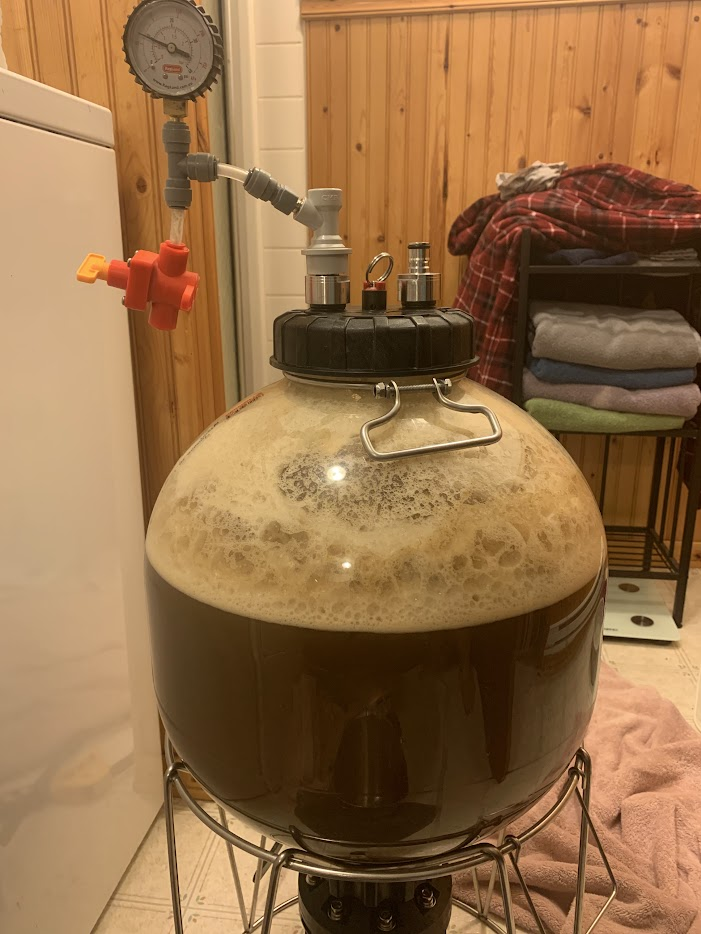Last night I pitched a massive starter in to my well oxygenated wort. Second time using my Fermzilla under pressure. I thought I backed the wingnut out on the spunding valve enough but woke up this morning to Fermzilla at 20 psi. I vented the Fermzilla couple times to get pressure down to 8psi and it started foaming like CRAZY. The entire headspace is all foam. Since this is happening during primary / most active fermentation will this have any negative effect on the beer?


Last edited:

































![Craft A Brew - Safale S-04 Dry Yeast - Fermentis - English Ale Dry Yeast - For English and American Ales and Hard Apple Ciders - Ingredients for Home Brewing - Beer Making Supplies - [1 Pack]](https://m.media-amazon.com/images/I/41fVGNh6JfL._SL500_.jpg)












